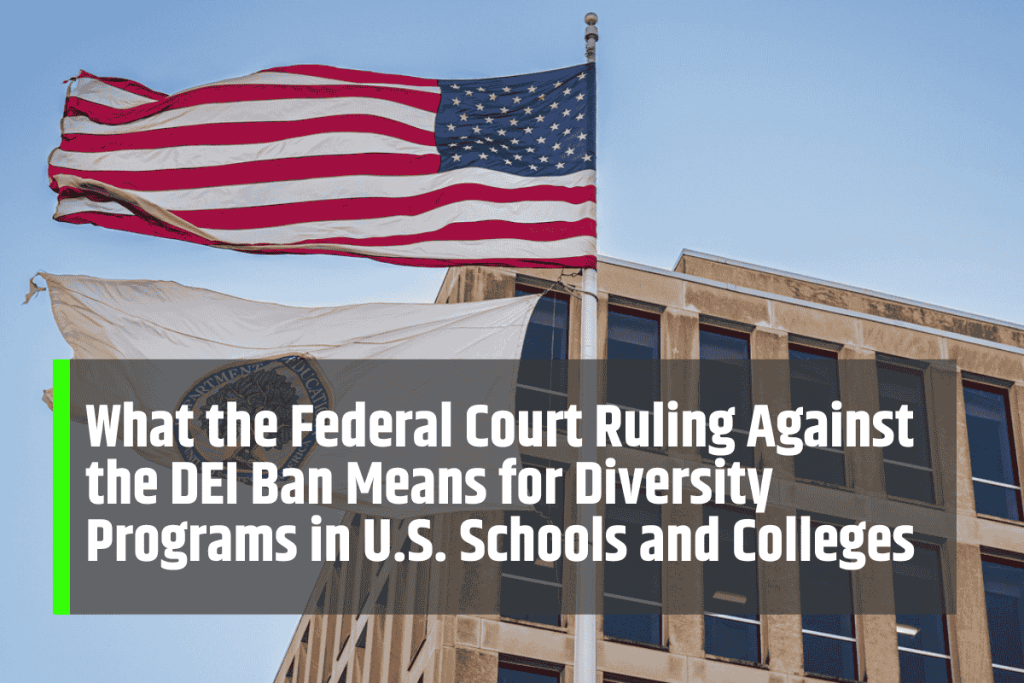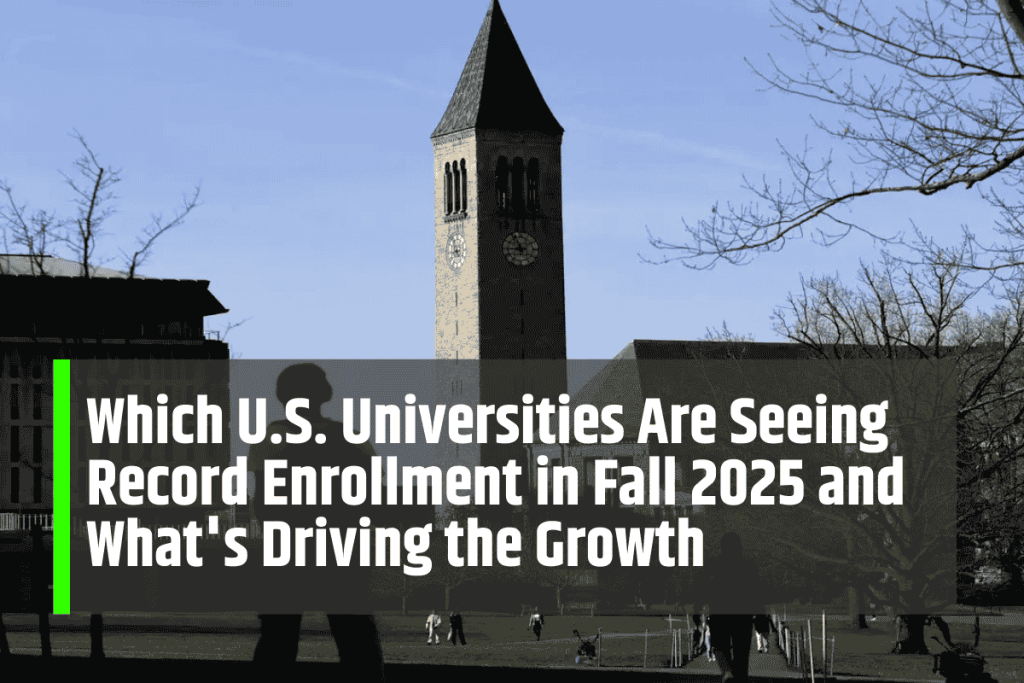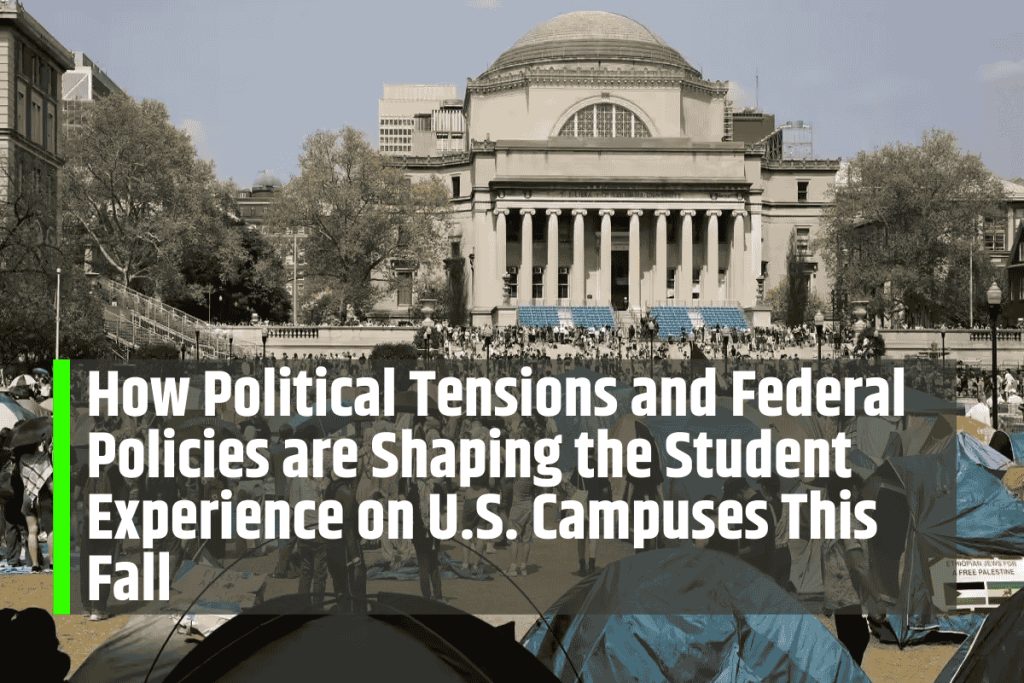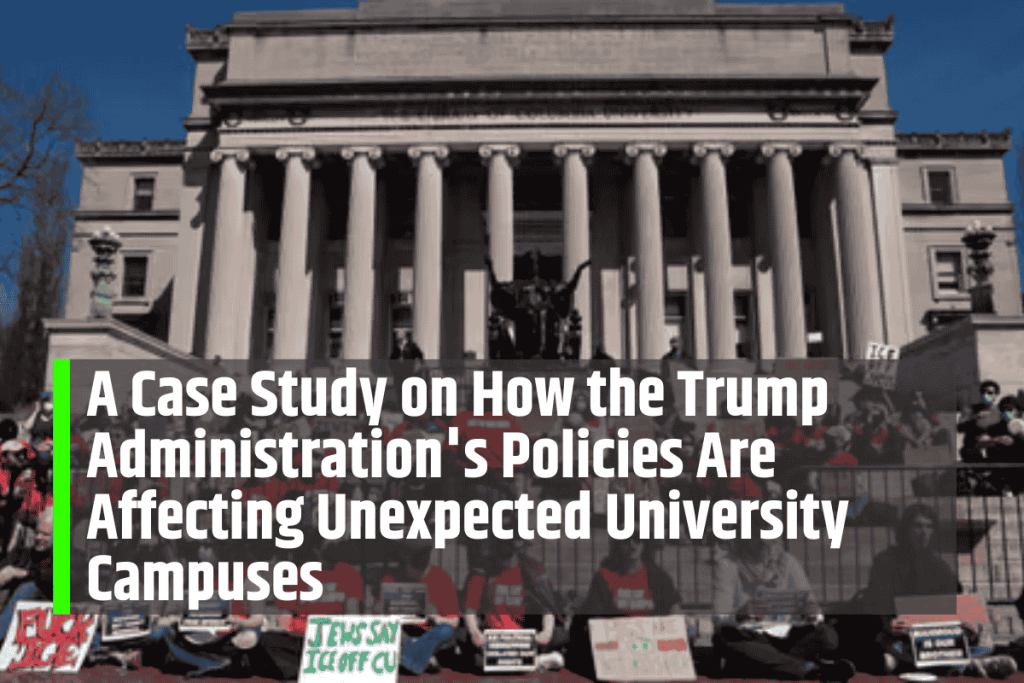For decades, college rankings have prioritized academic reputation, campus quality, or faculty resources. LinkedIn’s new “Top Colleges” list challenges that formula by focusing on career outcomes. Drawing from alumni data between 2019 and 2024, the ranking emphasizes job placement, promotions, internships, recruiter demand, and alumni network strength.
Why LinkedIn’s Approach Matters
Traditional lists, while influential, often overlook how students fare after graduation. LinkedIn’s methodology instead tracks real-world results. The ranking considers how quickly alumni land jobs, how many complete internships, and how effectively graduates rise to leadership positions. Alumni connections—reflecting the depth and durability of professional networks—form another central metric.
Shining a Spotlight on Outcomes
By prioritizing tangible career results, LinkedIn’s ranking resonates with students and families navigating rising tuition costs and competitive job markets. It places emphasis on how colleges function as launchpads for careers, providing not only degrees but also concrete pathways into industries, mentorship opportunities, and long-term professional advancement.
The Top of the List
Princeton University leads the ranking, underscoring its reputation for academic rigor and career-launching power. Following closely are Duke University, University of Pennsylvania, MIT, Cornell, and Harvard. Specialized institutions such as Babson College and Bentley University also appear prominently, demonstrating that focused schools can rival Ivy League heavyweights in career preparation.
Diverse Strengths Across Institutions
Each top institution excels in different areas. Bentley stands out for placing graduates into high-demand financial services roles, particularly in accounting and consulting. Babson distinguishes itself through its entrepreneurial ecosystem and powerful alumni connections. Dartmouth and Washington and Lee University also shine for network strength, illustrating the career power of close-knit communities.
Alumni Networks as a Differentiator
A standout feature of LinkedIn’s analysis is its emphasis on alumni connectivity. Strong networks help graduates secure internships, land jobs, and advance into leadership roles. Institutions with smaller student populations—such as Babson or Washington and Lee—demonstrate how cultivating engaged alumni communities can rival or even surpass the advantages of larger universities.
Connecticut Institutions Earning Recognition
Connecticut schools receive notable attention in the ranking. Yale University, based in New Haven, earns praise for its graduates’ dominance in finance, consulting, and technology. Fairfield University highlights strengths in healthcare and financial services, with emerging expertise in AI engineering and behavioral finance. Trinity College in Hartford excels in finance, legal, and technology fields.
Regional Impact of Connecticut Schools
Yale’s alumni footprint is especially visible in major hubs like New York, Boston, and Washington, D.C. Fairfield’s graduates have carved niches in accounting and healthcare, while Trinity emphasizes financial modeling and legal pathways. Together, these institutions contribute not only to Connecticut’s reputation but also to broader regional talent pipelines.
Interpreting the Rankings with Balance
While LinkedIn’s ranking offers a fresh and practical perspective, it represents only one way to evaluate colleges. Career outcomes matter, but they do not capture intangible aspects like campus culture, faculty mentorship, or community support. For many students, these factors are just as critical in shaping educational and career success.
Career Paths Beyond Degrees
An important reminder accompanies the ranking: not all career paths require college. LinkedIn reports that nearly 18 percent of its current job postings don’t require a degree. Alternatives such as bootcamps, trade schools, and certifications offer viable options. Still, for many, the four-year degree remains a cornerstone of opportunity.
Guidance for Students and Families
Experts suggest using LinkedIn’s ranking as one tool among many. Students should weigh data on job outcomes against personal priorities such as campus environment, mentorship access, and long-term goals. Ultimately, the most effective college choice aligns institutional strengths with a student’s ambitions, values, and desired career trajectory.
A Complement to Traditional Rankings
LinkedIn’s focus on measurable outcomes complements more traditional rankings. While U.S. News or Times Higher Education emphasize prestige and resources, LinkedIn provides clarity about the return on investment. Families confronting rising tuition can appreciate this outcome-driven perspective, which directly connects education to employment and advancement.
Redefining Success in Higher Education
LinkedIn’s “Top Colleges” ranking represents a meaningful shift in how institutions are evaluated. By prioritizing job outcomes, network strength, and real-world career success, it underscores the practical value of a degree. From Princeton’s global reputation to Fairfield’s regional strengths, the ranking highlights schools that not only educate but also empower graduates to thrive.











Leave a Comment